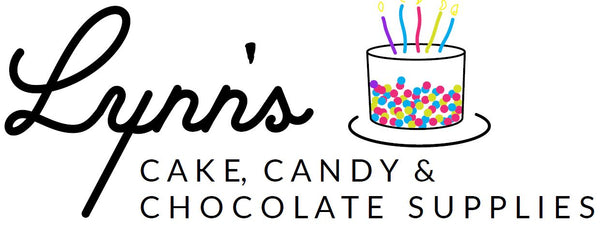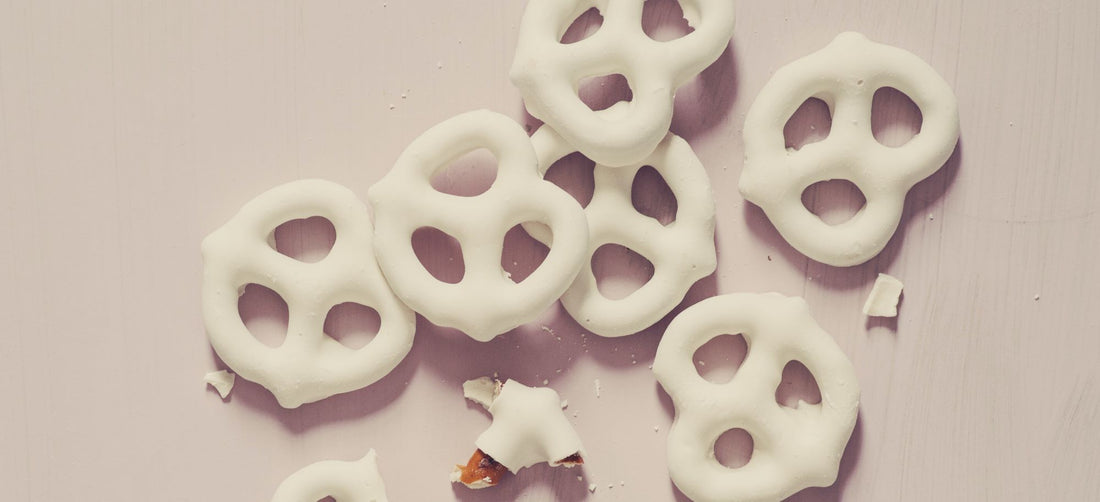At Lynn's Cake, Candy, and Chocolate Supplies, we're more than just a supplier; we're your partner in confectionery creation. We know that chocolate melting wafers have changed, and so have the methods for working with them. With the FDA's shift on 6/18/2018 away from Partially Hydrogenated Oils (PHOs) to Fully Hydrogenated Oils in melting chocolate, the art of achieving that perfect chocolate gloss has also transformed.
We're here to guide you through this transition with tested techniques to ensure your chocolate candy making is as flawless as ever. Here’s our expert advice for working with the new chocolate coatings:
- Choose the Right Bowl: It’s all about the bowl when it comes to microwaving. Use a microwave-safe plastic bowl that doesn’t get hot to the touch. This way, you transfer heat evenly to the chocolate without the risk of seizing.
- Microwave Mastery: Start with a high setting for 30 seconds, then stir. It’s crucial not to rush this step; patience is the key to avoiding over-heating. The chocolate should be more "mashed" than melted at this stage.
- Stirring Technique: After the initial heat, continue with short bursts in the microwave, followed by careful stirring. This incremental approach helps achieve a smooth consistency.
- Dipping and Molding: Once your chocolate is ready, proceed quickly to dip or mold. Remember, chocolate likes to "dry" in the coolness of a refrigerator, not the freezer.
- Setting the Chocolate: After molding, let the chocolate set in the fridge for 20-30 minutes. If you’re using a mold, a gentle twist like releasing ice cubes ensures a clean release without blemishes.
- Handling Your Creations: Touch is important. Avoid direct contact with your candies as much as possible once they're out of the mold to maintain that glossy finish.
- Adjusting Viscosity: For that perfect flow, sprinkle 1 TBSP of Paramount Crystals per pound of chocolate before the initial melting step. This is especially crucial for colored chocolates, which tend to be thicker.
Remember, these tips are based on what's worked for us, and while we swear by them, we encourage you to continue doing what works best for you. Chocolate making is an art, and every artist has their own flourish. If you've found your rhythm, keep that chocolate bliss flowing!
Happy Chocolate Making!

